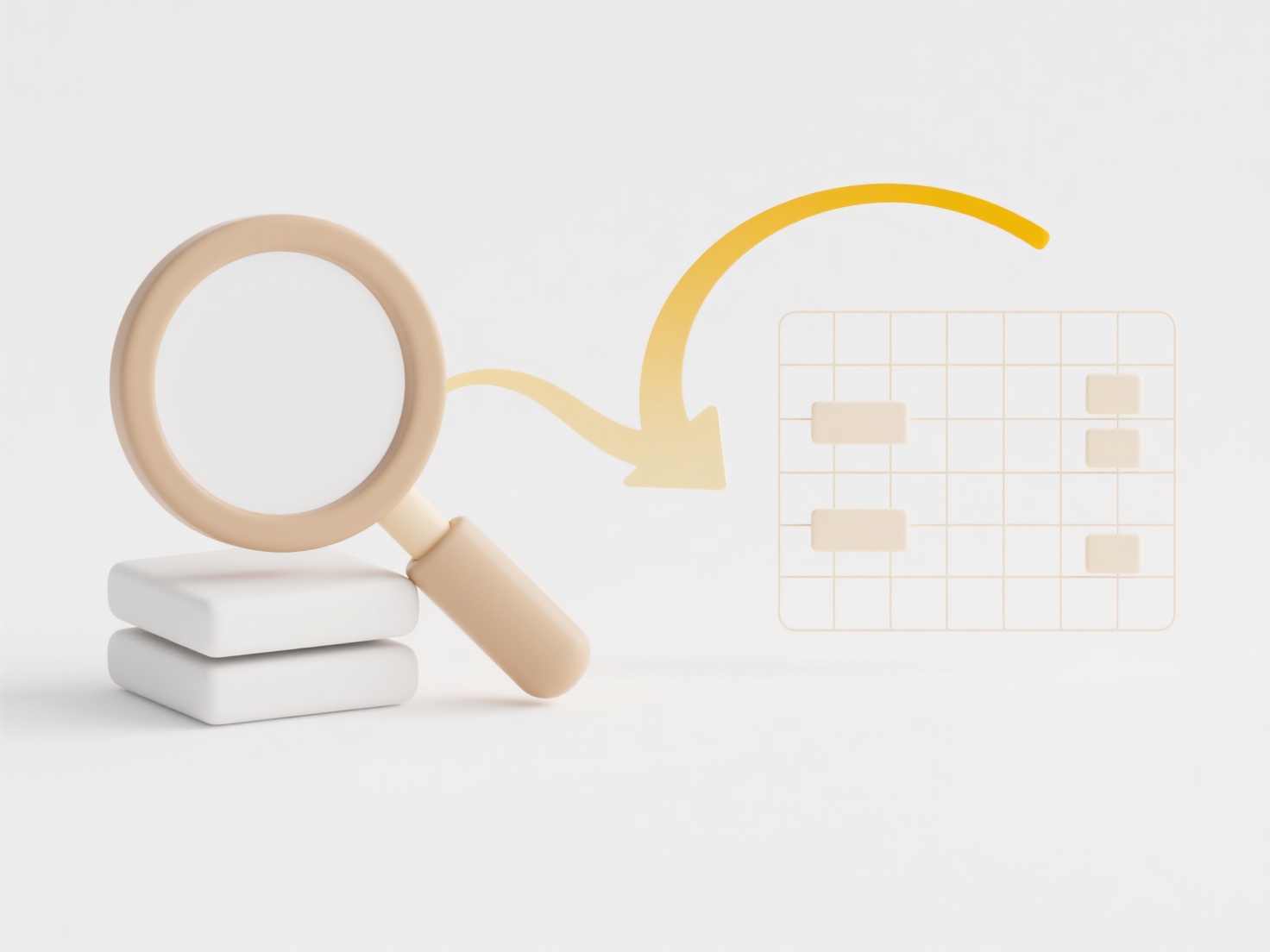
Yes, you can absolutely build workflows to automate moving files between local systems and cloud storage. These workflows establish automated processes that transfer files or synchronize folders based on specific triggers or schedules. Tools range from vendor-specific apps providing simple sync folders (like Dropbox or OneDrive) to custom scripts using APIs (like AWS S3 CLI, Google Cloud Storage SDK) or automation platforms (like Zapier, Make, Azure Logic Apps). They differ from manual uploads/downloads by handling repetitive file movements efficiently without constant user intervention, often supporting protocols like FTP/SFTP or direct cloud APIs.

In practice, businesses automate cloud backup of on-premise server data using scripts triggered nightly. For instance, a photographer might automatically sync new images from a local SD card to Google Photos or Amazon S3. Development teams frequently use CLIs to push code from local machines to cloud repositories like GitHub or AWS CodeCommit. Industrial monitoring systems also collect sensor data locally and push processed logs to cloud storage like Azure Blob Storage for analysis.
The primary advantage is significant time savings, automation efficiency, and ensuring data exists in multiple locations for safety or analysis. However, limitations include potential latency for large files, security risks if improperly configured, ongoing cloud storage costs, and managing workflow reliability/complexity. Ethical considerations involve data residency laws and securing sensitive information during transit. Future trends include smarter sync rules driven by AI detecting file types and more integrated edge-to-cloud computing for real-time movement, enhancing adoption across industries needing hybrid data environments.
Can I build a workflow that moves files between local and cloud?
Yes, you can absolutely build workflows to automate moving files between local systems and cloud storage. These workflows establish automated processes that transfer files or synchronize folders based on specific triggers or schedules. Tools range from vendor-specific apps providing simple sync folders (like Dropbox or OneDrive) to custom scripts using APIs (like AWS S3 CLI, Google Cloud Storage SDK) or automation platforms (like Zapier, Make, Azure Logic Apps). They differ from manual uploads/downloads by handling repetitive file movements efficiently without constant user intervention, often supporting protocols like FTP/SFTP or direct cloud APIs.

In practice, businesses automate cloud backup of on-premise server data using scripts triggered nightly. For instance, a photographer might automatically sync new images from a local SD card to Google Photos or Amazon S3. Development teams frequently use CLIs to push code from local machines to cloud repositories like GitHub or AWS CodeCommit. Industrial monitoring systems also collect sensor data locally and push processed logs to cloud storage like Azure Blob Storage for analysis.
The primary advantage is significant time savings, automation efficiency, and ensuring data exists in multiple locations for safety or analysis. However, limitations include potential latency for large files, security risks if improperly configured, ongoing cloud storage costs, and managing workflow reliability/complexity. Ethical considerations involve data residency laws and securing sensitive information during transit. Future trends include smarter sync rules driven by AI detecting file types and more integrated edge-to-cloud computing for real-time movement, enhancing adoption across industries needing hybrid data environments.
Related Recommendations
Quick Article Links
Can I delete .lock files safely?
.lock files are generated by dependency management tools like npm, Composer, or Bundler. They record the exact versions ...
How do I search for files by name?
Searching for files by name involves using a computer's search function to locate specific files based on the text in th...
Can I sync cloud files locally just to improve search?
Cloud file syncing for improved search means downloading copies of your cloud-stored files to a local device primarily t...